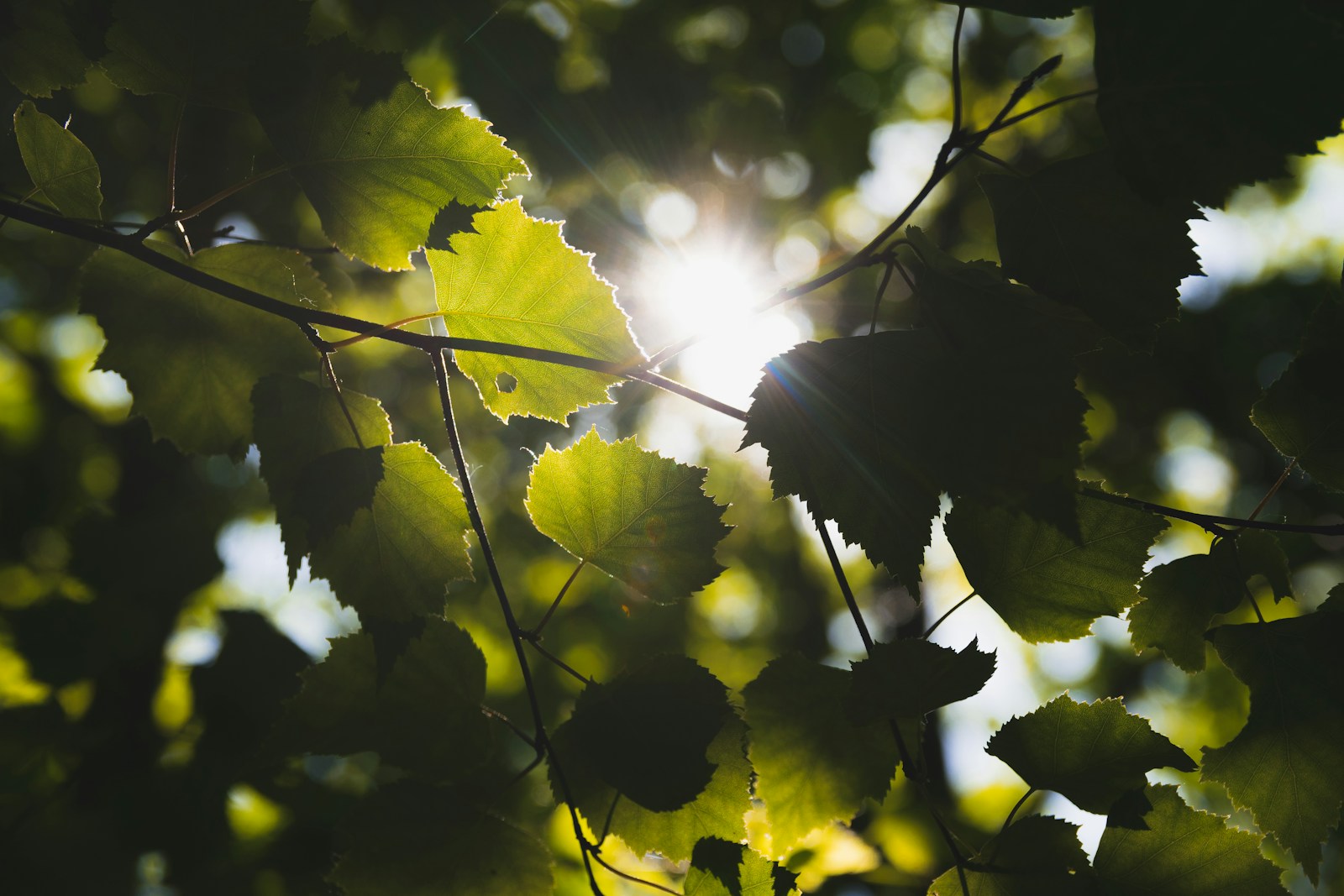
árbol centenario

centenary tree
The Spanish term 'árbol centenario' is translated into English as 'centenary tree'. It refers to a tree that is at least one hundred years old. Trees are often used as symbols of long life and permanence, and a centenary tree thus embodies resilience, longevity, and historical continuity. As living monuments, they are tangible reminders of the past and can sometimes even outlive several human generations.
Example sentences using: árbol centenario
El árbol centenario en el centro del parque es un paísaje impresionante.

The centenary tree in the middle of the park is an impressive landscape.
This sentence is talking about a very old tree located in the center of a park, which, because of its age, is an impressive sight.
El árbol centenario ofrece una sombra refrescante en los días calurosos.

The centenary tree provides refreshing shade on hot days.
This sentence illustrates how an old tree can offer shelter from the sun's warmth on particularly hot days.
Es un árbol centenario que ha sido testigo de muchos eventos históricos.

It is a centenary tree that has witnessed many historical events.
The phrase references how the old tree, because of its longevity, has 'seen' a large number of significant events over time.
Juan solía jugar bajo el árbol centenario cuando era niño.

Juan used to play under the centenary tree when he was a child.
The phrase is using past tense to illustrate a common childhood memory of playing under an old tree.
El árbol centenario de nuestra escuela es nuestro orgullo.

The centenary tree of our school is our pride.
This sentence describes a sense of school pride and attachment to an old tree present in the school's environment.
Los niños cuentan historias de fantasmas acerca del árbol centenario.

Children tell ghost stories about the centenary tree.
The phrase is suggesting a common activity where children tell each other scary stories about an old tree.
El árbol centenario es hogar de muchos pájaros y ardillas.

The Centenary tree is home to many birds and squirrels.
This sentence shows the old tree as a natural habitat for different types of wildlife, such as birds and squirrels.
La casa está construída al lado del árbol centenario.

The house is built next to the centenary tree.
In this sentence, the old tree is a landmark or reference point for the location of a house.
Hay una hamaca colgada del árbol centenario en mi jardín.

There is a hammock hung from the centenary tree in my garden.
In this sentence, the old tree is being used to hang a hammock, a common practice to enjoy outdoor spaces in many cultures.
La raíz del árbol centenario proporciona un excelente refugio para los animales pequeños.

The root of the centenary tree provides an excellent refuge for small animals.
The phrase illustrates the ecological role old trees play, often providing shelter for smaller creatures by their extensive network of roots.